YI love new stuff. I really do. You can’t beat sliding your feet into brand new socks, decorating your ears with gorgeous new bling or even just opening a new book, words still unread and pages smooth and completely crease free. (Strangely, my favourite thing about new books is peeling the bar code sticker off).
But I get a real thrill out of recycling and up-cycling things as well. Having an old floorboard hanging in my kitchen as a shelf (and looking awesome) or the old window from our shed decorating our wall after I turned it into a magnetic blackboard makes me happy and fills me with pride! (Because you should always take pride in what you do). Plus it beats buying “just junk made by the thousands in low wage countries” anytime.
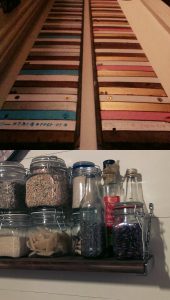
Old clothes usually find their way to a “donation station”, unless they have been loved to death in which case they end up in the bin or get turned into rags. Single socks get buddied up with the most similar match (but usually hang out at the back of the sock drawer for years awaiting the return of their mate) and the garments the kids have grown out of get handed down to friends’ kids.
However as taste grows with fashion and kids grow – well they just grow with food intake – our clothing turn over is impressively high (which is not something I am proud of). So I put my thinking cap on to find a better use for old stuff…
Frame it:
Years ago I owned a pair of shoes. Or actually they owned me. I loved how they looked on my feet… until the heels were irreparably worn off. So I glued them to a piece of wood, screwed on three clothing hooks and hung them on the wall. Turned out the shoes looked just as awesome on my wall as they did on my feet.
A friend of mine does it with old shirts. She frames them. Personalized art that looks great and has a story to tell…Puppets:
Everyone knows them and kids love them. Probably the only useful purpose for old socks.
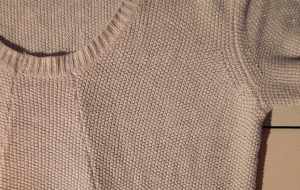
Hide the holes and stains:
I was just about to chuck a couple of rather new pairs of leggings my daughter managed to add her “Swiss stamp” on (holes like in the cheese) into the rubbish. Luckily my rubbish bin was at its usual overflowing state (amazing how much you can stuff in if you are too lazy to empty it!!!) so the pants landed on my sewing table instead… Now my girl has two new pairs of shorts and matching super hero gloves. I think I score myself a 10 out of for innovation and money saving…
A splash of colour:
Because grey isn’t black I like to wash my faded black clothes (or those badly stained ones of any colour) with a bit of dye to give them new life. Such an easy way to make clothes look new again and yet one that gets forgotten about a lot!
So, after all that I hope I have given you some inspiration. We are very much a throw-away, consumables addicted society and while I am the first one to admit to buying more than I need – I’m also trying to better myself and my actions all the time. Reducing waste by recycling & up-cycling is just one of many ways to show that I care…
A bientot Andrea
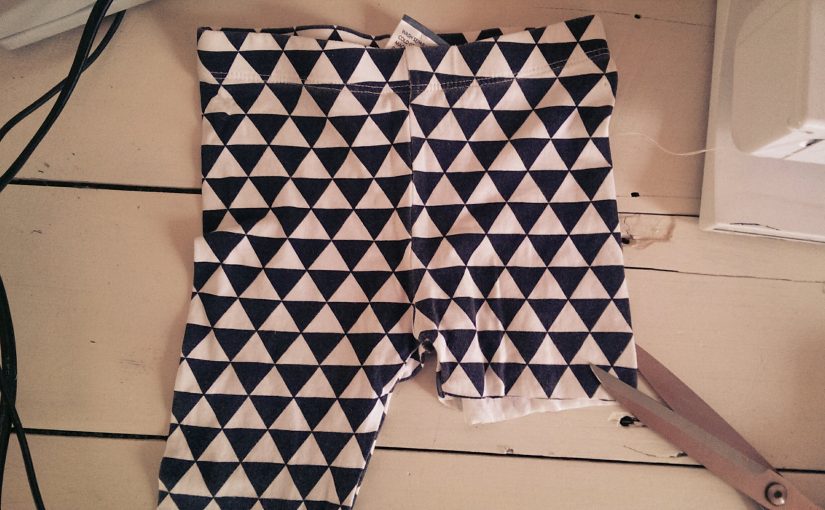
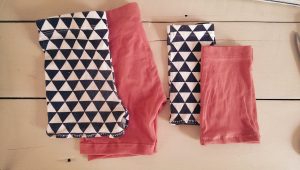
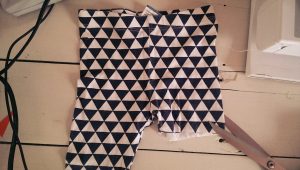
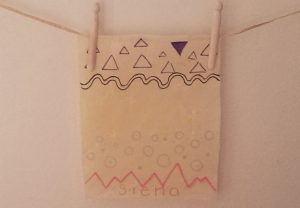

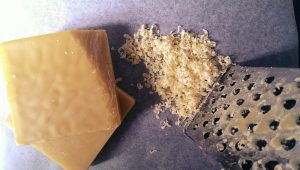
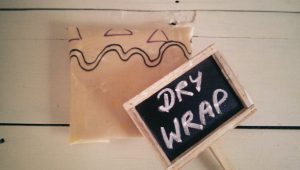
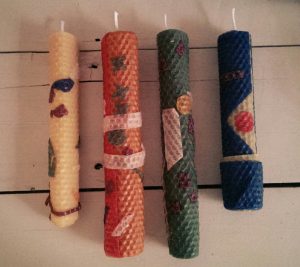
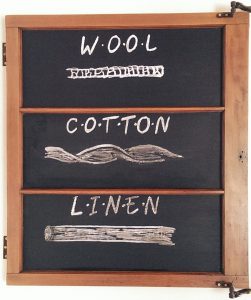
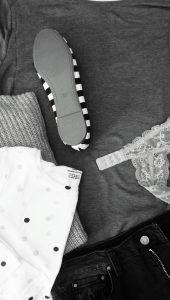 A few weeks ago my mother in law, who, as a consequence of shoulder surgery was limited to the use of only one arm, mentioned to me all those little daily tasks – like getting dressed – that suddenly became well… gigiantic daily events!
A few weeks ago my mother in law, who, as a consequence of shoulder surgery was limited to the use of only one arm, mentioned to me all those little daily tasks – like getting dressed – that suddenly became well… gigiantic daily events!